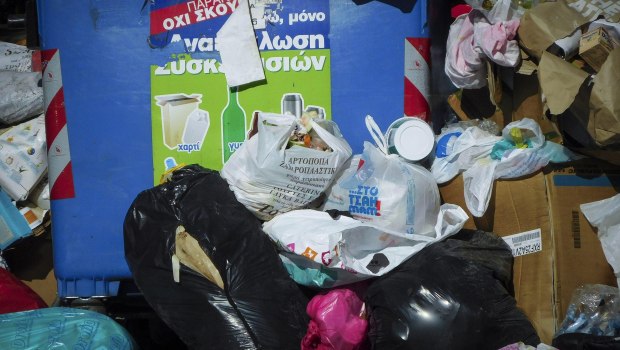Hellenic Navy: After the frigates, four new submarines are coming – Construction in Greece
Source: ProtoThema English
Recent developments centered on Gaza underscore the strengthening of Greek naval power in the Eastern Mediterranean, as the ceasefire agreement between Hamas and Israel has marked America’s return to the Middle East, changing the dynamics for all regional players.
In this context, the Greek Ministry of Defense appears determined to maintain the momentum of a strong and distinct presence in the wider region by continuing to reinforce the Hellenic Navy through the new armament program, which includes the acquisition of four submarines. Athens’ interest in purchasing two Italian Bergamini-class frigates—with an option for two more—proved to be a particularly demanding task, as several countries had also expressed strong interest. Nevertheless, the Greek Ministry of Defense managed to secure the advantage.
At the same time, strengthening the Hellenic Navy has become a matter of strategic importance following the geopolitical developments in Syria and Gaza, which signal a “new era” in the Middle East and the end of the 20th-century balance of power.
A domestic shipbuilding facility
In this direction, the HNGS has already been approached by several shipbuilders, as attention now turns from the FDI frigates to the four new submarines—especially since the arrival of Kimon, the first Belharra-class frigate, is scheduled for early January 2026, paving the way for new procurements. According to reports, proposals have already been submitted to the Ministry of Defense by consortiums from Sweden, Germany, France, Italy, and two South Korean companies for submarine and unmanned systems construction.
The high level of interest is linked to the new opportunities offered by the European SAFE program and the emerging framework for a common defense industry among EU member states—at a time of sharply increasing regional challenges.
For Greece, a key goal is to establish a domestic manufacturing and maintenance facility for the submarines in collaboration with Greek shipyards. The Ministry of Defense has set a target for national participation in the Armed Forces’ procurement programs to reach 25%, focusing on the integration of new technologies and the transfer of technical know-how.
Moreover, including a clause requiring the establishment of such a submarine facility on Greek soil would be particularly attractive for foreign bidders, as it would align with the cooperative principles of the EU’s new defense doctrine—opening the door for them to access European defense funds.
Currently, the Ministry of Defense envisions very high technical standards for the new submarines—reflecting the latest technological capabilities and the financial instruments available to support such an ambitious program. However, the Hellenic Navy has not yet disclosed details regarding the technical specifications of the vessels.
Tenfold power
When the discussion about acquiring new submarines began in mid-summer, Minister of Defense Nikos Dendias noted that the program would unfold over the next decade, i.e., after 2030, since “submarines are not built quickly.” He added that the new acquisitions and partnerships in the armament program would result in “a Navy ten times stronger than anything Hellenism has ever known.”
It is worth noting that the Hellenic Navy currently operates four Papanikolis-class submarines, three Poseidon-class, one Glafkos-class, and one Okeanos-class, with the oldest of them launched well before 1979.
Ask me anything
Explore related questions
The original article: belongs to ProtoThema English .



